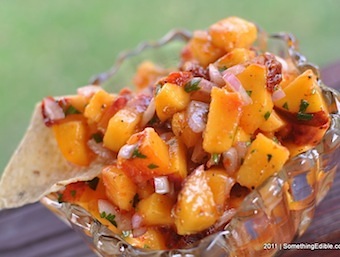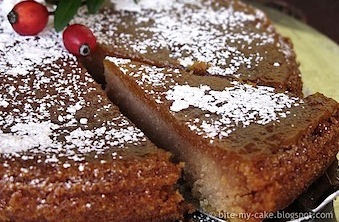Contrary to Winnie the Pooh’s belief, bees produce honey as their own food source. The venomous stinger of the female honey bee (worker bee) is a reminder to anyone who might think otherwise.
But that doesn’t stop us from enjoying the sweetest of spices.

Hold on, honey is a spice?
Absolutely! Honey is plant based – bees slurp up the flower nectar and then the enzymes in their stomachs partially digest it, producing the honey substance, which they regurgitate in the honeycomb of the hive for consuming later. Honey flavors food – its distinct taste does much more than just sweeten a dish. And honey is not normally something you would eat by itself – unless you’re a cartoon bear of course. (Check “What is a Spice” for the criteria)
And like other spices, honey has innumerable health benefits. Its many antiseptic, antibacterial, and antioxidant properties are a result of the 200 different elements in honey, many of which are proteins, vitamins, minerals, and amino acids.
Honey can help treat sore throats and coughs, which is why honey is a common ingredient in cough drops and teas. It can help improve the digestive and immune systems to prevent liver problems, ulcers, and intestinal infections. The sweet spice can also be used topically to treat cuts, burns, and wounds by reducing pain, swelling, and scarring, and even preventing infection.
Honey can help treat sore throats and coughs, which is why honey is a common ingredient in cough drops and teas. It can help improve the digestive and immune systems to prevent liver problems, ulcers, and intestinal infections. The sweet spice can also be used topically to treat cuts, burns, and wounds by reducing pain, swelling, and scarring, and even preventing infection.
While honey can keep you healthy in the long-term, it can also make you feel good right now – the natural sugars stimulating your heart and giving you much needed energy. The glucose having an instant effect, and the slow-absorbing fructose providing energy over a longer period of time.
We can all imagine the flavor, texture, aroma, and color of honey, but that plastic, bear-shaped, brand name honey from the grocery store is manufactured with a blend of many different sources of honey in order to achieve a standardized product.
In nature – whether it is a wild colony or one setup by a beekeeper – each beehive will create a unique honey product. That’s because one beehive can average 50,000 worker bees, all taking turns to gather nectar from different sources within a two mile range of the hive. Since honey is just nectar processed in a bee’s stomach, the location of the beehive is the main factor for what type of honey will be produced. (This is discussed further in our Spotlight on Spice - Novaković Beekeeping Farm in Croatia)

All images above courtesy of Tamara at Bite My Cake
Whatever the type or grade of honey, it is a dynamic, delicious, liquid spice. From dribbling it over a slice of toast, to glazing it on chicken, to stirring it into tea with lemon, to mixing it into your favorite cake and cookie recipes. Honey can even be fermented into a wine called “Mead”, which is sometimes flavored with spices like clove, cinnamon, and nutmeg. This is especially popular during Christmas when Mead is mulled into a warm, spiced, honey wine.
Ready to cook with honey? Give one of these recipes a try…
|
|
|
|
|
|












